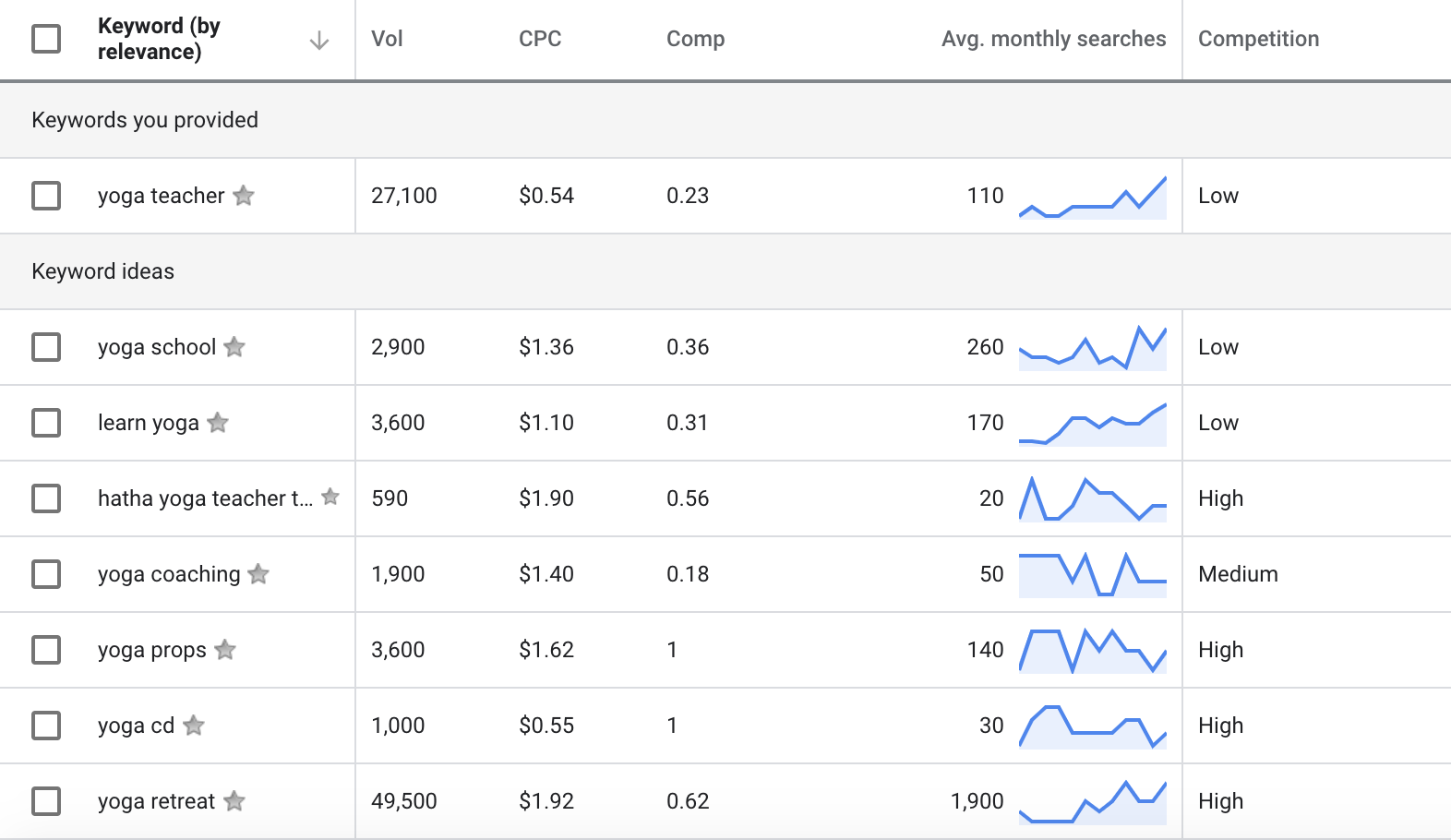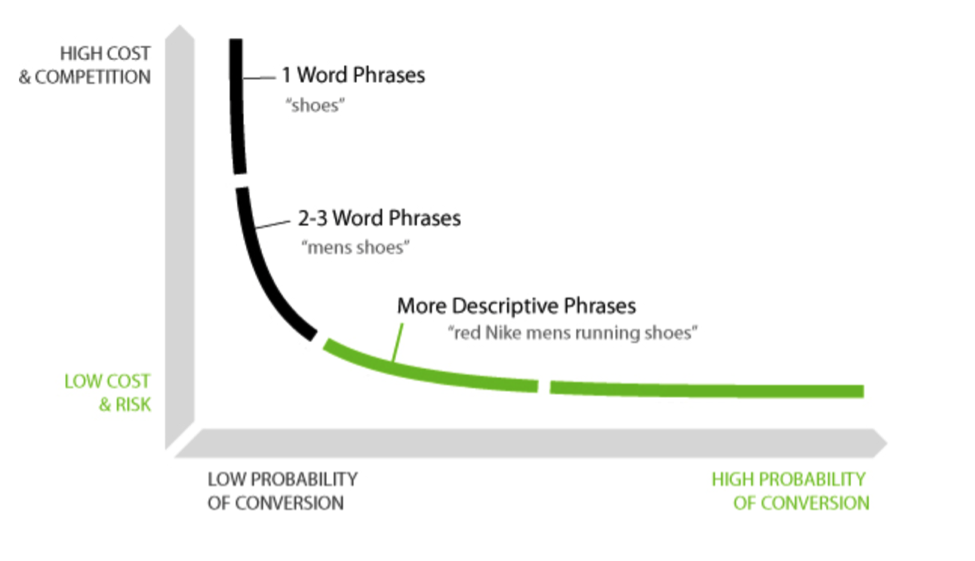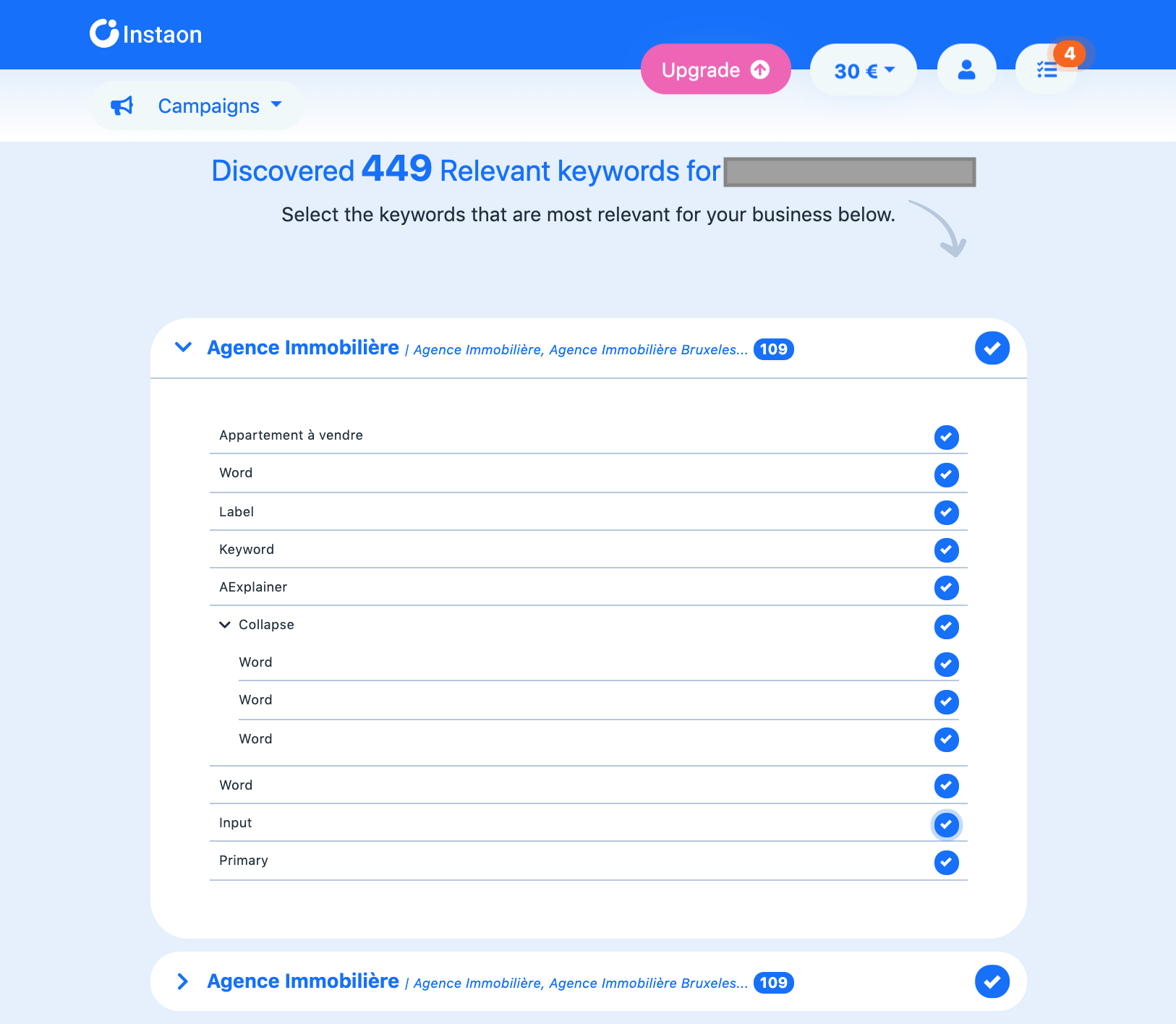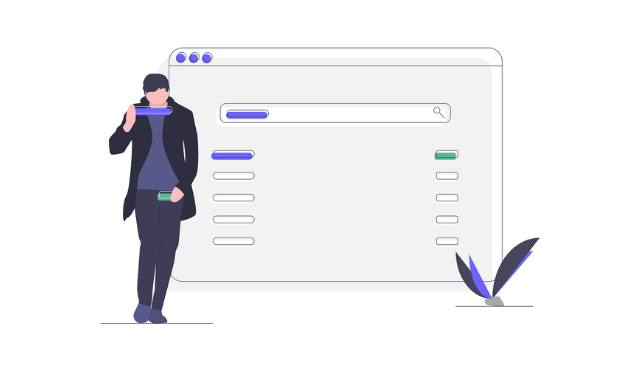The very first step to being able to drive traffic from the search engines – Google and Bing, is to know what people are really searching for. The search terms you choose for your campaign have a direct impact on the reach and conversion of your ad campaigns. While tools like the Google Keyword Planner help make this research easy, it is still an overwhelming task to finalize the keywords you would set up your Google and Bing ads on.
What if the keyword you choose is used by only 1% of your target market? Or what if your competitor is bidding too high and you stand no chance to show up on reasonable positions for certain keywords?
Having worked with businesses across different industries, we decided to put together a quick guide on how to select keywords and how to use Instaon to make this process better and faster.
Why choosing the right keyword is important for success
As we said earlier, keywords lie at the heart of your search ad campaigns. They are how the search engines decide where to show your ad and to whom in search results.
Get them right and the search engines will know what your business has to offer and to whom, making it easier for you to show up at the right time in response to a search.
Get them wrong and you could end up reaching no one from your target market or spending too much of your advertising budget on the wrong, irrelevant keywords.
Conducting in-depth keyword research helps you truly understand your customers. It doesn’t just help you set the right targeting for your ad campaigns but also craft the right message – one that is more likely to grab their attention and drive conversions.
But knowing that no two internet users are the same and that they could be searching for the same products/services using different terms, picking the right keywords can get tricky.
This is why we automated the entire ‘keyword research’ with Instaon, to help businesses start on the right path from day one without wasting money on irrelevant keywords.
How to select the right keywords for your search ads
1. Clearly define the product/service you want to advertise
We know all your services and products mean a lot to you, but you couldn’t possibly be expecting a consumer to convert on a generic ad when 76% of them expect personalization.
Pick the product/service you want to run a search ad campaign on first. If it’s too difficult deciding which one to advertise first, use this as a checklist:
- Think of the margin you make on different products/services
- Select the ones with the highest margin as the profitability will be higher
- Check the competitiveness of the products/ services (see step 2)
- Take multiple products/ services if your monthly media budget enveloppe allows it
2. Use a keyword research tool to understand what consumers are looking for and the competitiveness
Once you have decided the product/service you want to advertise, the next step is to understand how a user could possibly be looking for them. Keywords are the main drivers of your Google and Bing ads, so spend some time completing this step.
Now tools like the Google Keyword Planner help you do that. All you need to do is enter a search term that relates to your product/service and it shows you all other keywords that people are making use of in the search engine. It also displays the competition and approximate cost per click for each keyword.

But when choosing keywords from the Planner, keep the following tips in mind:
- Find new keyword ideas – Go beyond the most basic search term to look for those that are unique to your target users.
- Identify long-tail keywords – Look for phrases with three to four words that are very specific to what you’re selling. They’re also cheaper.
- Find high volume keywords – After picking out the keywords you want to target, pull in their volume information to know how many consumers really use the term on a monthly basis.
- Take note of competition on the keywords – Evaluate how difficult it is going to be to make your search ad show in the right search results.
- Continually monitor your keywords – There is no ‘set and forget’ approach to search ads. You need to continually monitor the change in how each keyword is being used.
3. Filter your keywords and spot the ‘negatives’
You’ve created a list of long-tail keywords to promote your products/ services. Now it’s time to ensure that your campaign doesn’t get displayed for irrelevant terms. You’ll only end up attracting the wrong audience and losing your advertising budget.
That’s why you need to spot the negative keywords. These search terms prevent your search ad campaigns from displaying for particular phrases that are not relevant to what your product/service has to offer.
Let’s take an example.
You’re a yoga teacher and you’re willing to advertise to attract more students and get signups for your classes. In this case, you’re looking for people who are looking for yoga teachers. That’s why you need to put ‘become’ as a negative keyword to avoid showing up on search results for ‘become a yoga teacher’, which will only lead those interested in getting certifications to your site – not your audience!
As explained in section 3, Instaon automates this process for you. So, sit back and relax.
4. Select your target keywords based on the advertising budget
Your advertising budget is the decision-maker when it comes to selecting the final keywords for your search ads. For instance, you might want to reconsider keywords that require a higher bid to even start with or remove those that come at a lower bid but might not drive a relevant audience for your business.
This is especially important to small to medium businesses that are operating on small media budgets. If you’re one of them, don’t forget to read this blog on why too small media budgets are hurting your business.
For small to medium businesses, long-tail keywords fit perfectly in the advertising strategy. They might have lower search volumes, but are much cheaper and are the most relevant to the audience you’re targeting. This increases the probability of conversions on your search ad campaigns.
On the other hand, businesses with larger advertising budgets can target more generic keywords. In their case, they’re looking at search volumes to increase their brand reach.
Here’s a simple graph to explain how this works:

5. Continually optimize your keywords over time
As we mentioned right at the beginning, it is important to optimize your search ads campaigns continually.
This includes the keywords you’re targeting. You may have to add more keywords to your campaigns to suit the changed target consumer behavior or delete some that haven’t been driving conversions for your business.
Now doing so requires you to continually monitor the performance of your campaigns, dig deep into data to identify changing search patterns and optimize the ads accordingly. Considering the vastness of data sets and having to manage your business as well, this task can be tedious. That’s why most businesses go back to check on their ads on a weekly basis – but that’s already too late for optimization.
6. Instaon automates the entire keyword research cycle
This setup and the constantly monitoring of search behaviours can be tough. That’s where using smart advertising platforms like Instaon comes into play. We automate the entire keyword research cycle and offer you a selection of keywords that are meeting your goals and monthly media budget. However, you know your business better than anyone else. Therefore, it is important to go through our selection of keywords and only select the most relevant ones according to your business.

By selecting only the relevant ones, Instaon will make sure to automatically exclude all other search terms that could waste your media budget. We make sure to optimize your set-up before even going live (see section 3.)
Ready to start your first search ad campaign on Google or Bing?
Let’s create an optimized campaign with Instaon.


